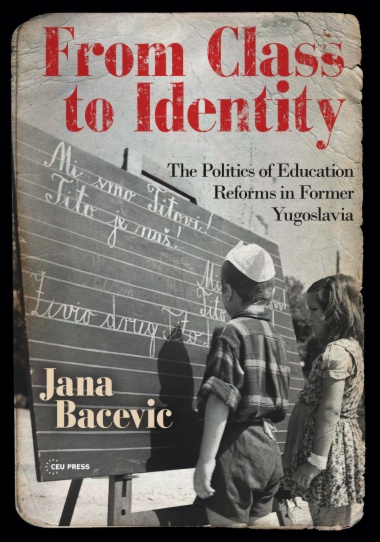Jana Bacevic provides an innovative analysis of education policy-making in the processes of social transformation and post-conflict development in the Western Balkans. Based on case studies of educational reform in the former Yugoslavia - from the decade before its violent breakup to contemporary efforts in post-conflict reconstruction - From Class to Identity tells the story of the political processes and motivations underlying each reform.The book moves away from technical-rational or prescriptive approaches that dominate the literature on education policy-making during social transformation, and offers an example on how to include the social, political and cultural context in the understanding of policy reforms. It connects education policy at a particular time in a particular place with broader questions such as: What is the role of education in society? What kind of education is needed for a 'good' society? Who are the 'targets' of education policies (individuals/citizens, ethnic/religious/linguistic groups, societies)? Bacevic shows how different answers to these questions influence the contents and outcomes of policies.
- Cover
- Title page
- Copyright page
- Table of Contents
- List of abbreviations
- Preface and Acknowledgments
- Chapter 1: Introduction
- 1.1. Education, Conflict, and Former Yugoslavia
- 1.2. Situating Education Policy
- 1.3. Education in Former Yugoslavia: Between “Communist Legacy” and “Europeanization”?
- 1.4. Beyond Transition: (Re)Politicizing Policy
- 1.5. Scope, Methods, and Structure of the Book
- Chapter 2: Vocationalizing Education: Conflict, Cohesion, and Dissent in Socialist Yugoslavia
- Introduction
- 2.1. The Reform
- 2.1.1. Education and the Marxist personality
- 2.1.2. Education and economy
- 2.1.3. Education and the labor market
- 2.1.4. Education and class
- 2.1.5. Education and decentralization
- 2.1.6. Education and production
- 2.1.7. Education and the value of labor
- 2.2. Power and Failure
- 2.3. 1968–1971: Dissent and Non-Cohesion in Socialist Yugoslavia
- 2.3.1. Belgrade 1968
- 2.3.2. University of Prishtina
- 2.3.4. Croatian Spring
- 2.4. From Spring to Fall
- 2.5. Vocation-Oriented Education Reform: Solution or Palliative Education?
- 2.6. Conclusions
- Chapter 3: Religious Education or Civic EUcation? Education Policy and Transition in Post-Milošević Serbia
- Introduction
- 3.1. The State of Transition
- 3.2. Blitz Policy
- 3.3. Religious and Civic Education: A Policy Paradox?
- 3.4. Building Consensus: Changing Narratives on Religious Education
- 3.5. The Name(s) of Numbers
- 3.6. Two Subjects, Two Serbias?
- 3.7. The State and the Church
- 3.8. Policy in Context
- 3.9. Conclusions
- Chapter 4: Higher Education and Post-Conflict Development in Sandžak, Kosovo, and Macedonia
- Introduction
- 4.1. Post-Conflict Higher Education: A Policy Paradox?
- 4.2. Kosovo: Education at War
- 4.2.1. The early years: from 1968 to 1990
- 4.2.2. Parallel worlds, parallel systems
- 4.2.3. The Milošević–Rugova agreement
- 4.2.4. After 1999
- 4.2.5. From 2004 to independence
- 4.2.6. After independence
- 4.2.7. Universities: hostages to the nation-state(s)?
- 4.3. Sandžak: Dueling Universities
- 4.3.1. A brief history
- 4.3.2. After regime change
- 4.3.3. The International University of Novi Pazar
- 4.3.4. The State University of Novi Pazar
- 4.3.5. The puzzle of dueling universities
- 4.3.6. Conclusions: Divide et impera
- 4.4. Macedonia: Between Peacebuilding and Ethnic Polarization?
- 4.4.1. Ethnic politics
- 4.4.2. The issue of higher education in the Albanianlanguage
- 4.4.3. University of Tetovo
- 4.4.4. From legal to political solutions
- 4.4.5. Planning the South East European University
- 4.4.6. The conflict and the Ohrid Framework Agreement
- 4.4.7. South East European University
- 4.4.8. University of Tetovo reloaded
- 4.4.9. After 2004: two universities, one town
- 4.4.10. Shifting concepts of minority education
- 4.4.11. Conclusions: Separate and (un)equal?
- 4.5. Conclusions: From Education to Fragmentation…And Back?
- Chapter 5. Conclusion: Education after Yugoslavia
- 5.1. Shifting Framework: From Government to Governance
- 5.2. Shifting Focus: From Class to Identity
- 5.3. Continuity and Change
- 5.4. Beyond Yugoslavia: What Is To Be Done?
- Bibliography
- Index
- Back cover

